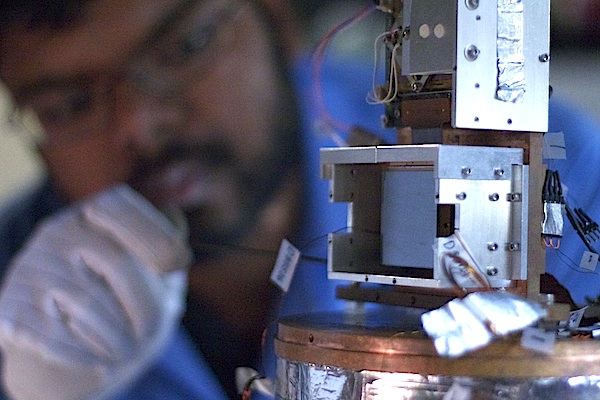Dr. Suresh Sivanandam, Dunlap Institute
Infrared integral field spectrographs have become a very important tool in understanding the nature of high redshift Universe. But due to their small field-of-view, they are very limited when it comes to observing nearby more extended objects. The near-infrared band has many interesting spectral features that offer new insights in star forming regions and supernova remnants within our galaxy all the way to nearby galaxies.
I will talk about the design and development of a new instrument we are building here called WIFIS (wide integral field infrared spectrograph). WIFIS will peer into the near-infrared window (0.9-1.8 um) and complement large optical integral field spectroscopic surveys like CALIFA and MaNGA with its large 50”x20” field and a spectral resolving power of ~3,000. Our current plan is to assemble and test the instrument this summer. WIFIS will then be taken to Arizona to be installed on the Bok 90” telescope at Kitt Peak.

